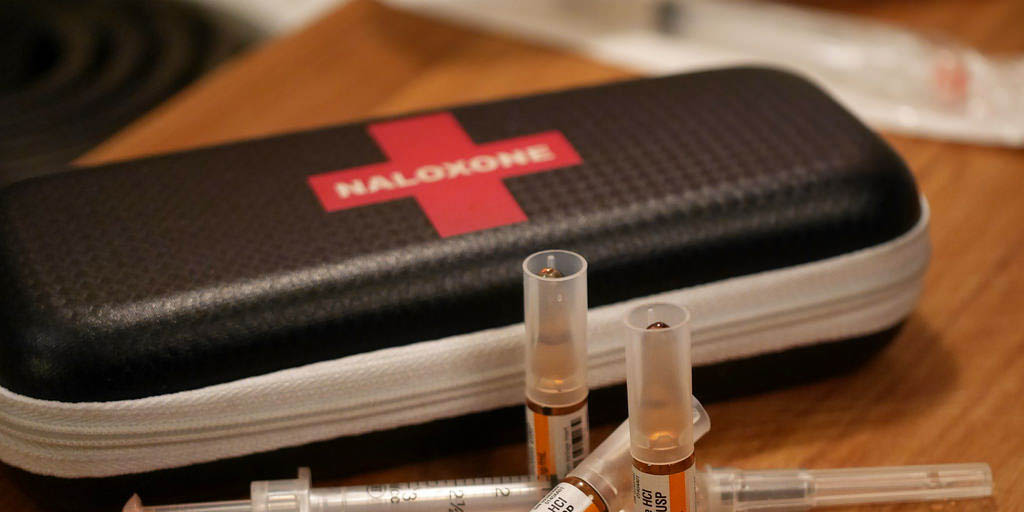London Police use naloxone almost a hundred times in seven months
 CREDIT: JEFF ANDERSON AT FLICKR.COM
CREDIT: JEFF ANDERSON AT FLICKR.COMCarrying and administering naloxone can save lives from opioid overdoses.
The London Police Service (LPS) saved the lives of 57 individuals with naloxone in 2018, according to a recent media release.
Between June and Dec. 31, a total of 59 people experiencing opioid overdoses were assisted by the LPS. Two did not survive.
“Fentanyl and other opioids continue to be a significant issue in London,” Deputy Chief Steve Williams said in a Jan. 28 statement. “We are going to these types of calls too often but, fortunately, we have been able to help a significant number of people.”
Naloxone temporarily reverses the effects of an opioid overdose.
The LPS issued naloxone to sworn members, including cadets and special constables, on June 4. The Middlesex-London Health Unit (MLHU) provided them with online training for administering the life-saving medication.
“Due to concerns about an increase in the fentanyl-related overdoses that London Police officers are responding to, members began carrying naloxone kits to ensure they are able to provide immediate assistance if exposed to fentanyl or to provide immediate assistance to someone who has overdose,” Williams said.
The LPS administered the medication a total of 96 times over the span of seven months. In some cases, multiple doses were administered to the same individual.
Data provided by the LPS indicated that the highest number of overdoses occurred in August, when 19 individuals were given a total of 30 naloxone doses. One individual passed away that month, and another in December.
According to the MLHU website, an overdose occurs accidentally when someone takes more of an opioid dose than their body can handle.
Naloxone temporarily blocks opioids from binding to the receptors in the brain and body, allowing for continued breathing and preventing brain damage and death. A second dose is necessary within three to five minutes if the overdose is not reversed in that timeframe.
The website said it is important to preform basic life support and call 911 after naloxone is administered, as its effects wear off in about 30 to 90 minutes and overdose symptoms may return.
A December report published by the Canadian Institute for Health Information (CIHI) found that in 2017, London ranked sixth in the country for the highest rate of hospitalization for opioid use.
With St. Catharines-Niagara ranked as fourth, and Brantford as second, the report suggested that Southwestern Ontario is particularly troubled by opioid use.
The report also found that opioid poisoning hospitalization rates increased by 27 per cent across Canada over the previous five years.
The LPS is urging anyone who is at risk of an overdose, and their friends or family, to ensure they are prepared to deal with a potential overdose by obtaining a free naloxone kit available through pharmacies and community groups.
To receive training on administering naloxone, call the Regional HIV/AIDS Connection at 519- 434-1601 and ask to speak with someone about the naloxone program.
To find a pharmacy that provides a naloxone kit, go to Ontario.ca/page/where-get-free-naloxone-kit and enter your city in the search bar.
For more information, go to the MLHU site at healthunit.com/naloxone.
















